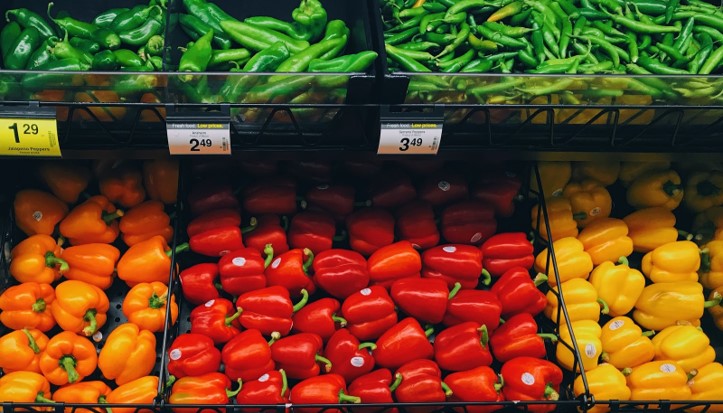BLOG
Beyond the headlines: what the media missed from the Chief Medical Officer’s report on child health

By Cath Elliston.
We all know that the media can be misleading sometimes, and reporting around young people’s health is no exception. But that means that all of us—the public, business, Government—can miss out on the big picture. The perfect example of this happened last week when Sally Davies, the ex Chief Medical Officer, released her 96 page independent report looking at what the Government should do if they want to promote young people’s health and reach their target of halving child obesity by 2030. Pretty much all of the coverage focused on just one recommendation… you might remember headlines about snacking on public transport?
So, in case you don’t have the free time to read all 96 pages, here are three things you might have missed if you read the coverage last week.
1 – Our food options have changed over the last two decades
The report outlines how portion size has steadily gone up, while we might not have even noticed. Pizza portion size have increased by 53%, crisp packet portions by 50%, bagels have upsized by almost a third (29%), and cottage pie has more than doubled (102%) since 1990.
We all know that the options which are now available to us on our high street, in our local supermarket, in school or at home, shape what we eat. The report looks at how we make sure that huge portion sizes aren’t normalised, and that healthier options are available and affordable, too.
2 – There’s huge public support for Government action in this area
It’s not just portion size—the report highlights how the world around us is changing in other ways too. Advertising doesn’t just find a child audience on TV, it can now find them online. The report shows that almost 8 in 10 British people support measures to reduce kids’ exposure to unhealthy food and drink ads.
Over 8 in 10 people really back measures to make healthy food and drinks cheaper than less healthy ones. Only 4% oppose it! One of Sally’s recommendations could make a real difference here. Did you know that there’s no VAT on caramel biscuits but 20% on breakfast cereals? None on cakes but some on chocolate? And there’s no VAT on a gingerbread man with chocolate eyes but 20% if he’s got chocolate trousers?!
Sally points out that this system could make a lot more sense! And if we do it right, it could even rebalance the crazy situation where unhealthy food is often a lot cheaper than healthier stuff.
At its heart, this is simply about protecting kids’ health. So it’s not really a surprise that loads of us are strongly behind a lot of the principles in her report…
3 – So what is the Government waiting for?
Sally’s report highlights all the brilliant things that different Governments have done to protect child health in the past. They include:
- 1874 stopping children working in factories
- 1885 raising age of heterosexual consent to 16 years
- 1908 preventing the sale of cigarettes to children under 16 years
- 1946 providing free school milk
- 1965 banning tobacco advertising on television
- 1970s increasing taxation on tobacco
- 1989 mandating lead-free petrol
- 2002 banning all forms of tobacco advertising
- 2007 providing smoke-free workplaces
- 2015 mandating smoke free cars for children
- 2018 introducing an industry levy on the sugar in soft drinks
So progress is possible. But on this issue, the Government has made lots of commitments which they’re yet to act on. Sally’s message for the Government is: what are you waiting for? We’re campaigning with the Jamie Oliver Group and Bite Back 2030 to hold them to account.
Cath Elliston is Advocacy and Campaigns Lead at Future Advocacy.